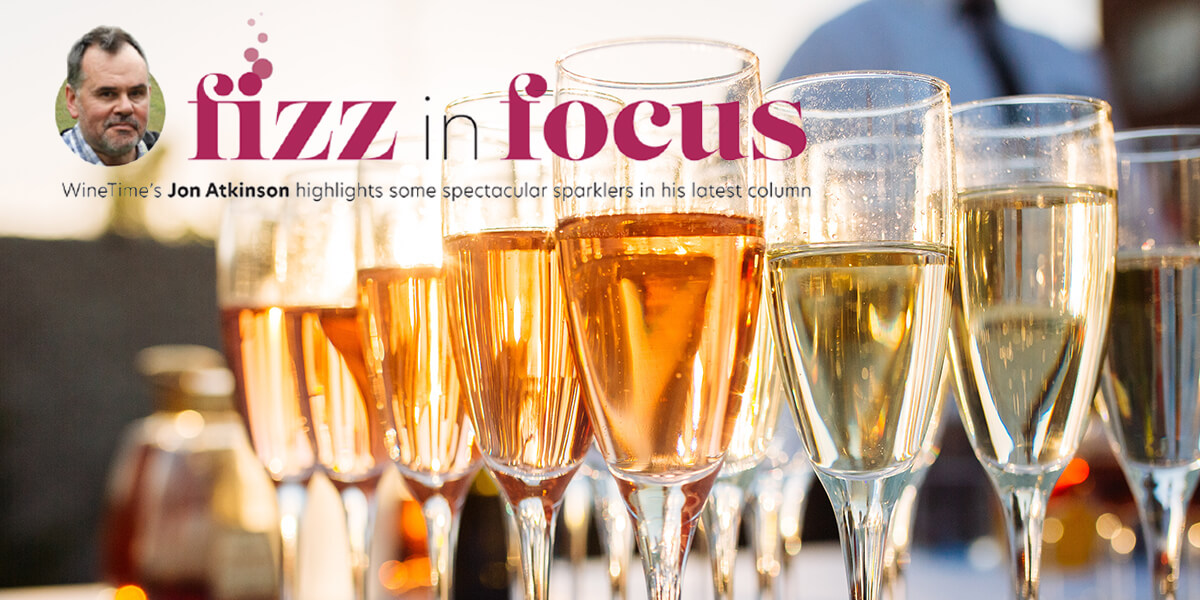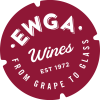The beginning of January is a great opportunity to reflect on what we know about our sparkling wines. With the New Year’s celebrations now behind us, what sorts of bubbly were you sipping during the festive celebrations?
Reform of the alcohol duty program is in full swing, with changes expected later this year. These changes will affect the prices of alcoholic beverages and may significantly impact consumers. However, one positive of the proposed new system is that the rate of duty on sparkling wines might be in line with that of table wines.
The Current Situation…
The current disparity in duty rates (£2.23 + VAT for wine, £2.86 + VAT for fizz) stems back to when the only sparkling wine that was readily available in the UK was Champagne, and as this was seen very much as a luxury item, it was taxed accordingly. Fast forward to today, the likes of Prosecco and Cava are the bubbles of choice for the majority of celebrations, and these are hardly the preserve of the elite!
Prosecco has undoubtedly been the main driver of sparkling wines’ success in the UK over the last decade or so. Prior to that, it was Cava that led the charge, but both offer good value bubbles, although, at the top end, one can spend a pretty penny on either!
Where Does The Sparkle Come From?…
So where does the sparkle come from? Essentially, there are three ‘main’ methods; I’ll not elaborate on the most basic which I jokingly refer to as the ‘soda stream’ – basically just an injection of carbon dioxide in the same way as for soda water, lemonade Etc. However, if you are after a better-quality fizz, then the bubbles really need to come via a secondary fermentation.
Methode Champenoise or the traditional method is widely regarded as the best technique. All Champagne, Crémant, Cava and English Sparkling wines are made this way as are the vast majority of ‘New World’ sparklers. The key factor here is that the secondary fermentation takes place in the same bottle that the wine will eventually be sold in, so there is no ‘decanting’ which inevitably results in some of the ‘precious’ CO2 escaping!
The Charmat or tank method is what is widely used in Prosecco; again, secondary fermentation is what generates the CO2 which similarly dissolves into solution but in this instance, the process takes place under pressure in a special tank known as an autoclave from which, the resulting wine is transferred into a bottle.
The need for brevity here means that I have very much skimmed over what is a surprisingly complex process but if you have questions or would like more details please feel free to email me – [email protected]. So, on to some recommendations…
Castillo Mont-Blanc Cava Reserva Brut NV – Catalonia, Spain
Cava has something of a cheap & cheerful reputation these days which stems from ‘Supermarket wars’ in the ‘90s when too many corners were cut to achieve a £3.99 price point! However, the Consejo Régulador* for Cava has made a concerted effort to change this perception. Cavas such as this delightful Reserva from Clos Mont-Blanc certainly validate their endeavours. This is a blend of Parellada, Macabeu & Xarel·lo the 3 traditional varieties of Cava. It is lees aged for at least 18 months giving a deliciously complex, yet fresh wine with green apple & citrus notes with hints of warm brioche and hazelnuts.
*Spanish government body for monitoring DO rules such as authorised vine varieties, yield in hl/ha, density of stocking, pruning, production methods Etc.
Tullio 1° Prosecco Brut Cuvée Del Fondatore 2020 – Veneto, Italy
This is an excellent Prosecco from the ever-reliable Colli Vicentini Co-operative at Montecchio Maggiore that has a few ‘points of difference’! Firstly, it’s ‘Brut’ making it drier than the majority of Prosecco which somewhat ironically is classed as ‘extra dry’! Secondly, it is of a single vintage – most will be a blend of different years with a view to a consistent style from one bottling to the next. Most unusual though, this is a ‘single fermentation’ sparkler involving a very ‘geeky’ technique that I won’t even attempt to explain! The important thing here, however, is that it’s absolutely delicious – elegant and refreshingly dry with aromas of cooking apple & freshly baked bread.
Langlois Chateau Crémant de Loire Brut NV – Loire Valley, France
Although not the cheapest, this beauty has been one of our best-selling sparklers for decades! Crémant, originated in Champagne where it referred to wines that were bottled at a slightly lower pressure than normal, being ‘creamy’ in texture as opposed to full-on fizz! These days, the term has evolved and there are now 7 regions in France that can produce sparkling wine using the traditional method. ‘LC’, based at Saumur in the Loire Valley has been owned by Champagne Bollinger since 1973 and is of a quality to be expected from such a prestigious name.
Hambledon ‘Classic Cuvée’ Brut NV – Hampshire, England
A Champagne price tag for sure, but the quality of this English sparkler is every bit as good, indeed vineyards in the south of England are making some world-beating bubbles! Hambledon Estate was established in 1952 making it the countries longest-established commercial vineyard. It is really well situated on the chalk soils of the south Downs about 10 miles north of Portsmouth. This is a Chardonnay-led blend with Pinots Noir and Meunier, very much a classic Champagne blend. I should declare a very slight bias to this stunning wine, however; resident winemaker Felix Gabillet spent 3 months on a work placement at my shop many years ago to improve his English… little did I know then!
If you are interested in any of the aforementioned wines or would like to discuss your wine requirements with our wonderful team, simply email [email protected] or give us a call on 01524 737 100.



